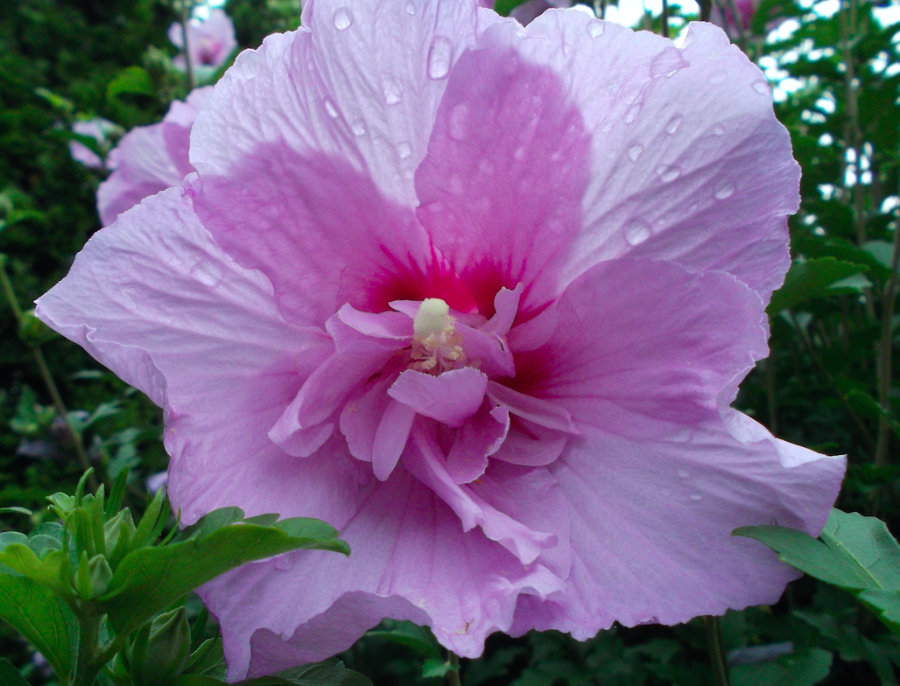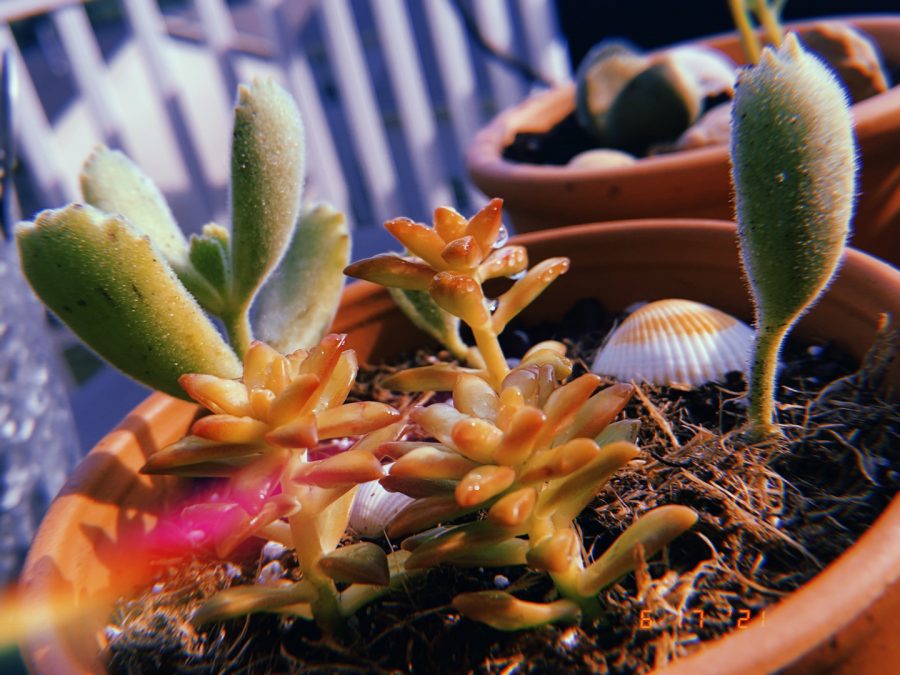Simple activities like hiking and gardening can put people face to face with one of several itch-causing plants, including Poison Ivy, Poison Oak and Poison Sumac.
The American Academy of Dermatology estimates that each year up to 50 million Americans will develop allergic reactions to urushiol, the toxic oil found in the sap of these plants. Because they grow nearly everywhere in the United States, knowing how to identify them and other helpful facts ahead of time can ensure an itch-free summer.
Poison Ivy has three or five serrated-edged, pointed leaflets. It grows as a vine or as a freestanding plant.
Poison Oak has three oak-like leaves and grows as a shrub. In the fall, it produces whitish flowers and leaves that turn yellow and then red.
Poison Sumac has seven to 13 staggered leaflets with one on the tip of the plant. This plant grows as a shrub or small tree in peat bogs and swamps. Fruits grow between the leaf and the branch.
The urushiol these plants release can attach to skin within minutes. So when they come in contact with these plants, most people have an allergic reaction that is commonly identified by itching, swel-ling, redness, bumps and blisters.
If people come into contact with ivy, oak or sumac, they should immediately cleanse the area and any items they may have touched with soap and water. Keep in mind that the oil can remain active for up to five years and live on items like shoes, garden tools, clothing and even pets.
If an allergic reaction — commonly identified by itching, swelling, redness, bumps and blisters — develops, several non-prescription products that temporarily relieve the symptoms can be purchased at your local pharmacy.





















